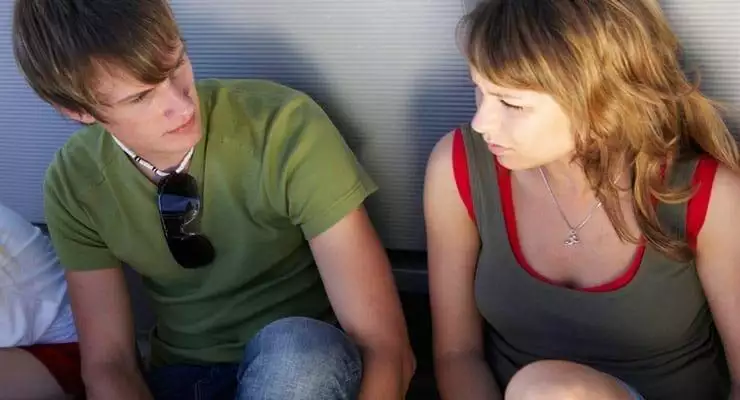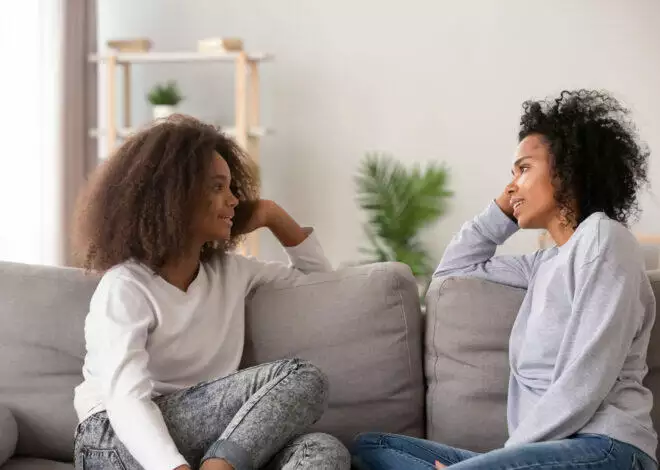Thanks to the presidential election, the news lately has been full of women’s stories of unwanted sexual attention from men. In response, Canadian writer Kelly Oxford amassed thousands of voluntary accounts of women’s first experiences with assault and harassment. Most took place when the women were minors, and involved trusted coaches, hairdressers, neighbors and caregivers; it seems that every woman in America has experienced this reality. DC-based advocacy group RAINN reports that fifteen percent of victims are 12-17 and more than half are under 30. We parents are naturally concerned with teaching our kids not to be victims of sexual assault.
Sexual assault prevention is critical. But we often overlook ways to empower our kids to avoid contributing to a culture that subtly, and not so subtly, accepts sexual denigration of women and girls.
The other day, one of my daughters was studying in the library at school. A boy in her class made a comment about a girl they knew. This girl had been a victim of sexual assault at 15, perpetrated by a classmate when she was a freshman and he was a senior.
“I know what really happened,” the boy told my daughter at the library. “The girl had been hooking up with him for weeks, and she didn’t want to be called a slut, so she told everyone it was rape.”
My work with domestic violence and sexual assault meant that my daughter knew the details of the case. She knew the girl had immediately gone to her parents, the school administration, and the local police with graphic details of the rape. She endured a long public trial. Many of her classmates, male and female, ostracized her. She was the target of cyber bullying. She eventually changed schools and her family moved several states away. In other words, this girl and her family endured quite a lot of trauma and pain, on top of the rape and PTSD that went with it. It was impossible that she had made up the rape charge to avoid a few rumors about her sexuality. Yet here was my daughter’s classmate, touting the absurd, illogical, but common misconception that a rape victim might make up a false allegation to avoid the relatively mild public shaming of being called a slut.
My teenaged daughter wanted to say all this to the boy in the library. But she didn’t know how. Welcome to the pain and uncertainty of being a bystander to rape culture.
Moments like this occur almost every day in the life of teenagers. To empower our children and create a culture that protects sexual assault victims, it’s important to figure out how our kids can confront sideways comments that may seem harmless but subtly reinforce a lack of respect, and credulity, for rape victims. What’s important to realize is that in some ways, that boy in the library was saying to my daughter, “If you’re raped one day, no one will believe you either.” On average there are over 293,000 victims (age 12 or older) of rape and sexual assault each year in the U.S. The victim knows the attacker most of the time. Next time, it could be my daughter. It could even be that boy in the library, since men are also routinely victims, as well as perpetrators, of assault and harassment.
Bystanders play an essential role in shifting our culture towards one that condemns, rather than condones, sexual harassment. RAINN explains that a bystander is a person who is present when an event or conversation takes place but isn’t directly involved in assault – essentially, witnesses to the circumstances that lead to these crimes. It is uncomfortable, even for adults, to confront someone who is denigrating women and girls. It seems easier – safer – to stay silent, to just “let it go.” But abuse thrives only in silence. When we stay quiet, explains teen advocacy group The One Love Foundation, we contribute to a culture that demands that victims stay silent too. We need to teach our kids how to correct these misconceptions and stand up for victims – even when there is no crime occurring right at that moment.
The best way to do so is to model courageous communication ourselves. Unfortunately, we have many opportunities, simply watching TV or listening to the car radio with our kids. The trick, I find, is to refute what’s been said, without directly confronting the person who has said it. I’ve found the following lines, said matter-of-factly, to be very effective:
“It’s never ok to blame a victim who has been attacked sexually.”
“Research shows that the hardest part about reporting a sexual assault is fear that you won’t be believed. That seems to be what’s happening now.”
“Think about that – no one WANTS to be a rape victim.”
Followed by a long stare.
Parents often ask me how to prevent their child from being a victim of abuse or assault. Using words – talking about assault, how it happens, why it happens, how to prevent it – are the most powerful actions we can take as parents. This is how prevention works.





